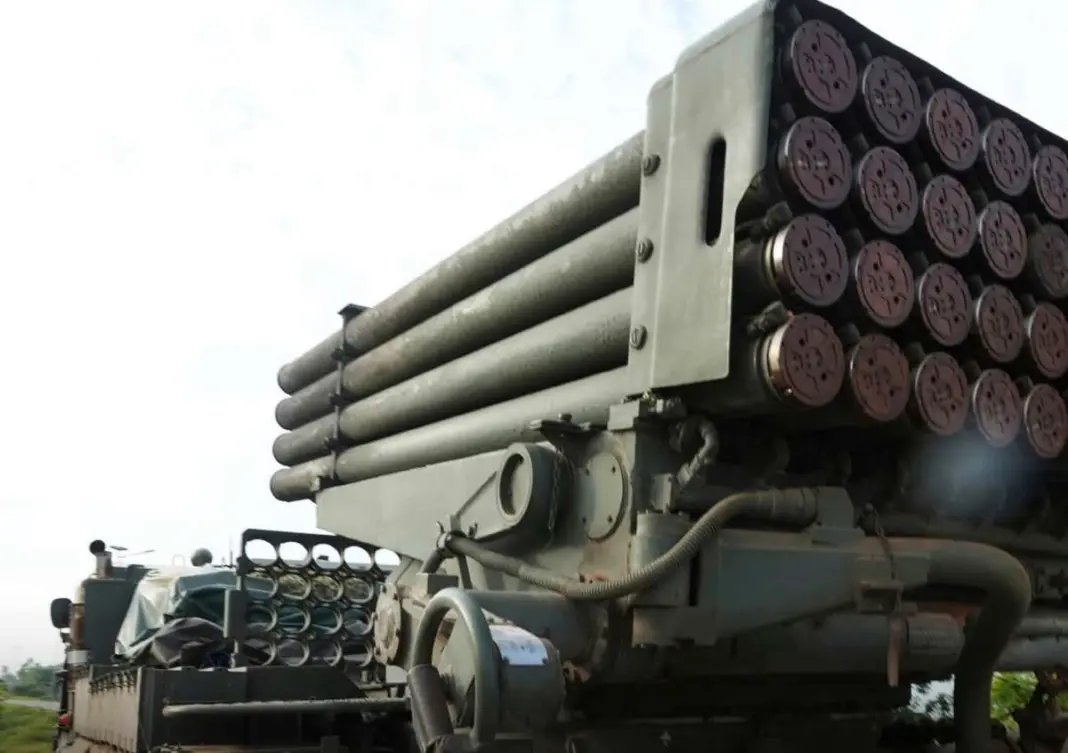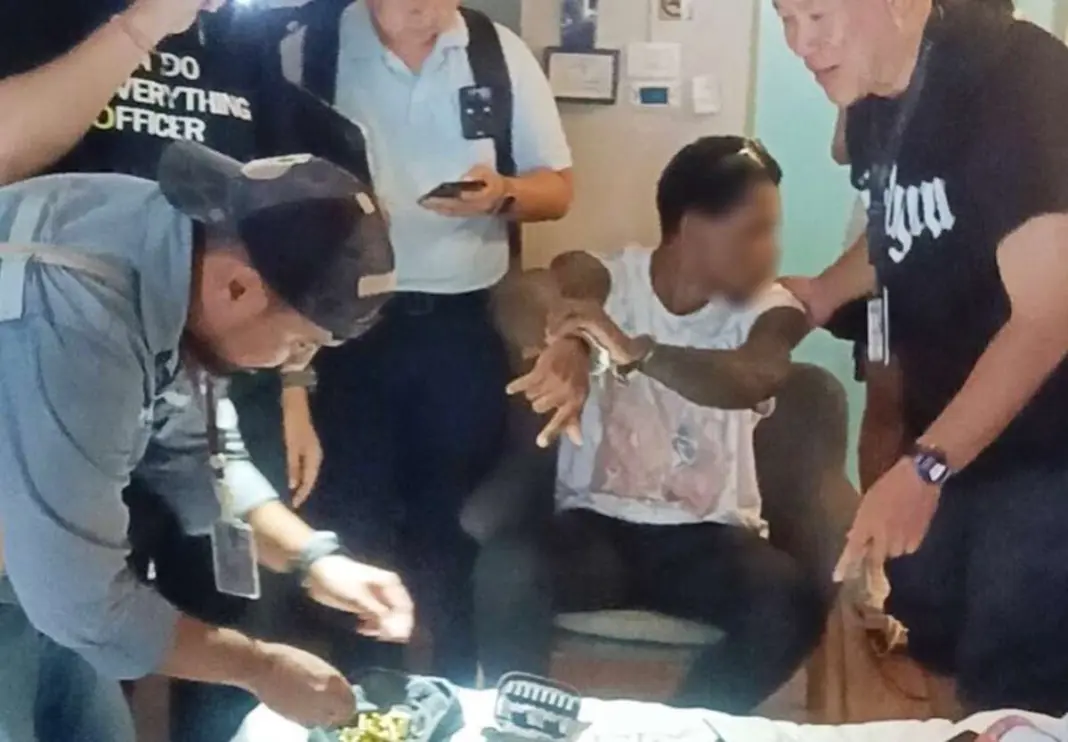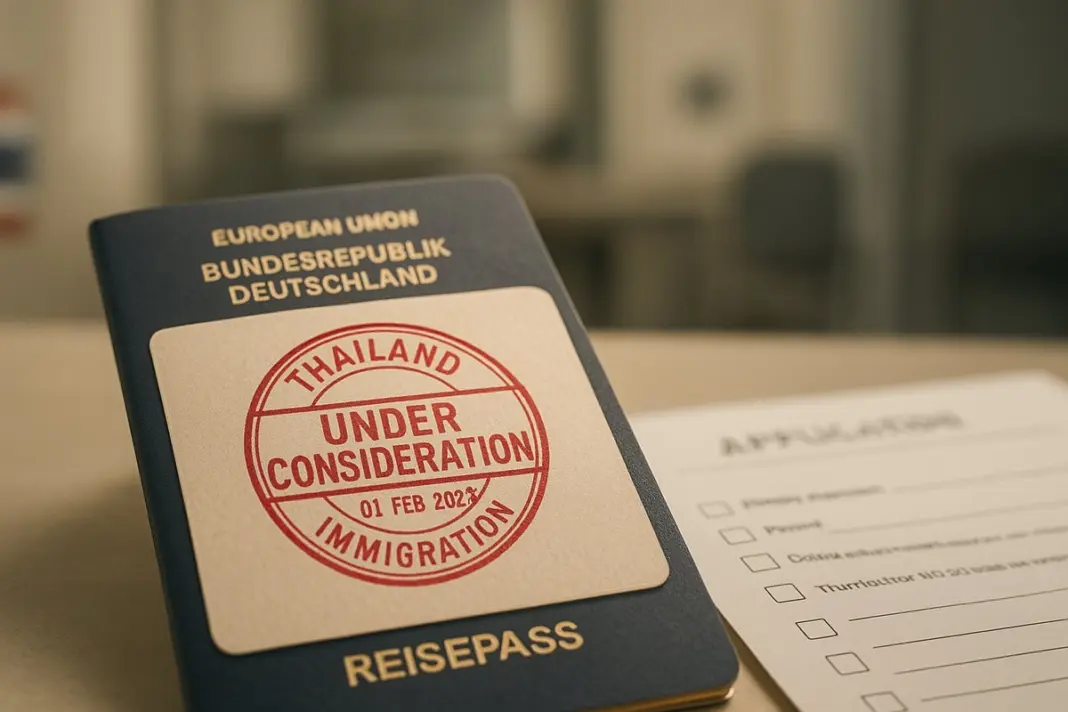China’s Secret Arms Drop Exposed
A bombshell New York Times investigation has uncovered that China sent rockets and artillery shells to Cambodia—just weeks before Beijing publicly called for peace between Cambodia and Thailand.
Chinese military planes, the hefty Y-20s nicknamed “Chubby Girls,” touched down in Sihanoukville six times in June. Their cargo? Rockets, artillery shells, and mortars, according to a Thai intelligence report seen by the Times.
The weapons, packed into four containers, were stored at the nearby Ream Naval Base. Within days, Chinese-made munitions were whisked hundreds of miles north, straight to the tense Cambodia-Thailand border.
When pressed for comment, a top Cambodian official did not deny the core details of the delivery. Cambodia and Thailand, meanwhile, hurled blame at each other for starting the five-day war that erupted in late July.
700 Rockets Delivered as Tensions Boil
Cambodia’s military build-up was no accident. For months, troops massed along the disputed border near an ancient temple claimed by both nations.
Cambodia built new roads and military bases—visible even on satellite images. Analysts say this preparation gave Cambodia a more aggressive stance than in previous border flare-ups.
Independent investigators back the Thai intelligence findings, especially about the Chinese origin of Cambodia’s weapons. Fortify Rights, a human rights group, says the rockets used to strike four Thai provinces mostly came from China.
Thai officials allege Cambodia targeted petrol stations, hospitals, and homes on day one—killing at least 13 civilians.
Nathan Ruser, an analyst at the Australian Strategic Policy Institute, says, “All the evidence points to Cambodian leaders deciding, months or even years before, to change the status quo at the border.” Senior Thai military officials confirmed the authenticity of the intelligence report, adding it was compiled by a cross-agency network.
Cambodian Defence Chief: “Just Joint Exercises”
Lieutenant General Rath Dararoth, Cambodia’s Defence Minister, did not dispute the Chinese arms transfer. But he called the Thai intelligence report “misleading.”
He insisted the arms movement matched Cambodia’s annual joint drills with China. Yet those exercises had ended weeks earlier, in late May.
China’s Defence Ministry declined to comment. Cambodia’s careful preparations may have prolonged the fighting, but Thailand quickly hit back with its superior arsenal. Thai forces launched airstrikes with F-16 jets, bombing targets inside Cambodia.
After five days, a ceasefire left at least 40 dead—including civilians on both sides—and hundreds of thousands displaced. China tried to broker peace, but the weapons revelations cast doubt on Beijing’s image as a neutral mediator in Southeast Asia.
Thai Intelligence: 700 Rockets in Three Days
The Thai military intelligence report claims China delivered 700 shells for Soviet BM-21 rocket launchers between June 21 and 23. Also included: Chinese-made multiple rocket systems, Type 90B and PHL-03, plus artillery shells for the SH-1 self-propelled howitzer and anti-aircraft machine gun ammo.
Two days later, Cambodia moved the munitions to the border provinces of Oddar Meanchey and Preah Vihear.
Analysts say such a massive shipment would need top-level Chinese approval. Anthony Davis, a defence analyst in Bangkok, calls the rapid delivery “clearly not routine.”
Early in the year, Cambodia built a new base east of Preah Vihear temple, offering a strategic vantage point for cross-border clashes. Since late 2022, Cambodia has poured resources into roads and infrastructure—a clear push to boost military power in key border zones.
Peter Buccaert, conflict specialist at Fortify Rights, says, “Everything seen in those rocket launchers was Chinese. It does nothing for China’s image to supply weapons used to kill civilians in other Asian countries.”




